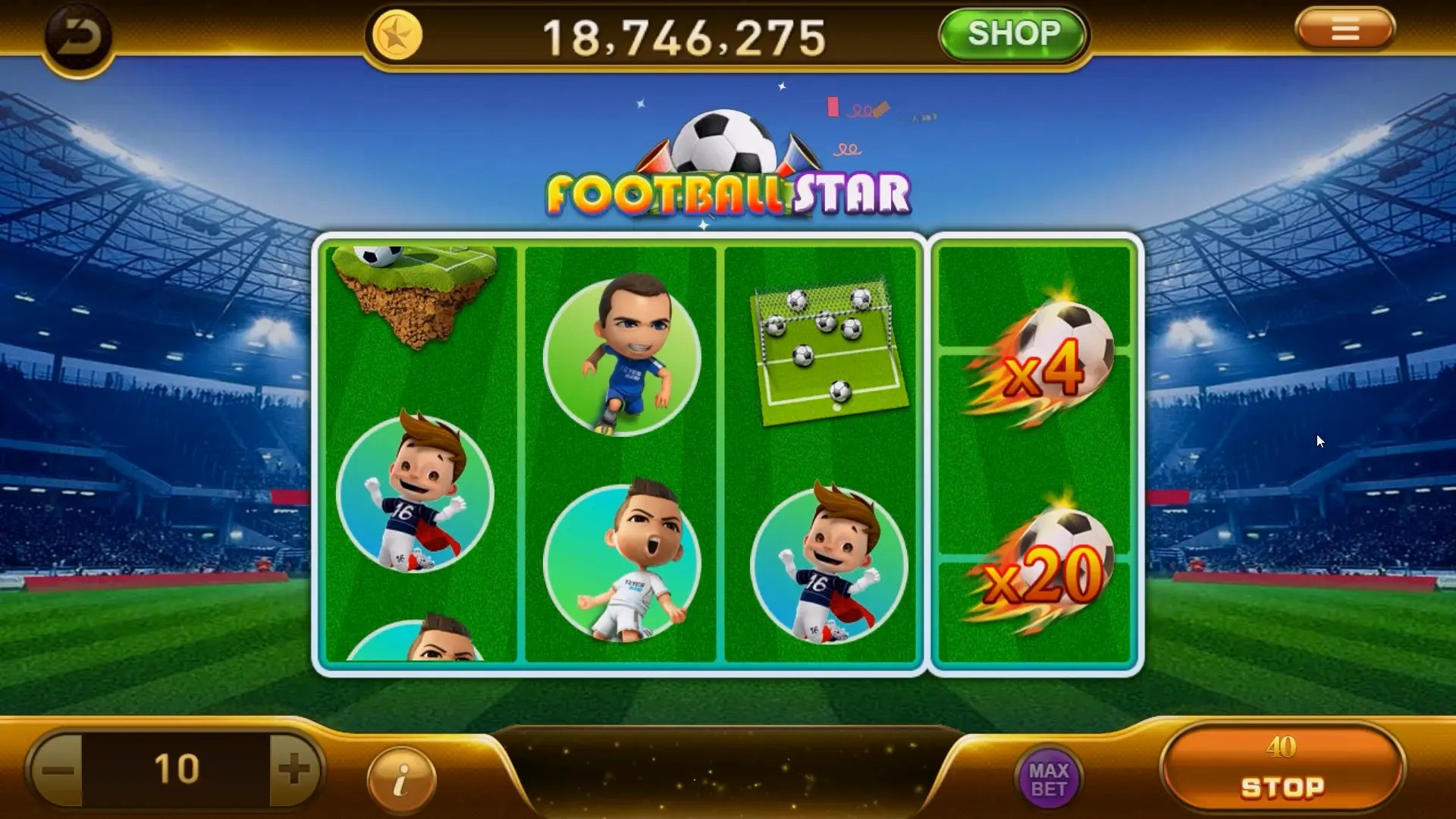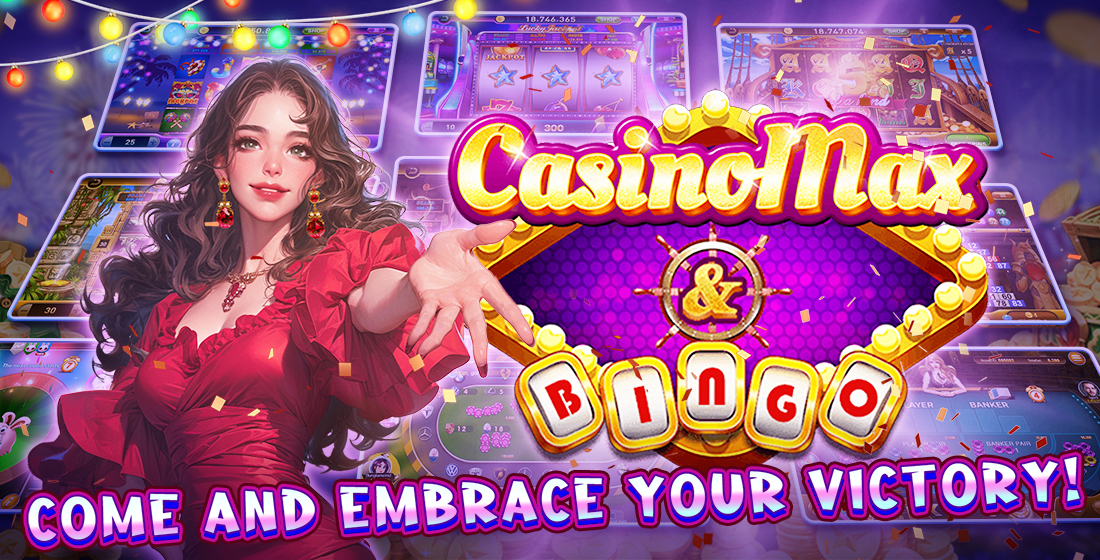Why Indie Offline Games Are Revolutionizing the Gaming Experience
The gaming industry is experiencing a seismic shift, especially with the rise of indie offline games. These titles are not just filling a gap in the market; they are redefining how players engage with video games, steering away from the mainstream juggernauts. This article delves into this fascinating evolution, highlighting the factors driving this change, comparing them with traditional gaming models, and explaining why indie offline games resonate with a growing audience—particularly in regions like Canada.
The Rise of Indie Games
Indie games have made a name for themselves over the past decade. Unlike mainstream games produced by big corporations, indie developers often work with smaller budgets and tight-knit teams. This allows them to experiment, innovate, and, perhaps most importantly, create passion-driven content that resonates with players. Popular titles such as Celeste and Hollow Knight have shown that artistry and creativity can trump high-budget efforts.
What Are Offline Games?
Offline games are titles that don’t require an internet connection for gameplay. They offer players the freedom to immerse themselves in their gaming experience without the interruptions associated with online services. While some gamers prefer the competitive aspects of multiplayer environments, many enjoy the solitude and introspection that offline games provide.
Indie Offline Games: A Perfect Match
Indie offline games combine the creativity of independent developers with the freedom of offline gaming. They allow players to experience rich stories and unique art styles without the distractions of online play. Titles like Stardew Valley and Undertale exemplify how indie offline games create memorable experiences without requiring an internet connection.
Why Players Gravitate Towards Indie Games
- Personal Touch: Indie games often reflect the developers’ personal stories and visions, creating more meaningful connections with players.
- Innovative Gameplay: Many indie developers are not bound by traditional gameplay mechanics, resulting in fresh experiences.
- Affordable Pricing: Indie games are often more affordable than their mainstream counterparts while still delivering high-quality content.
Old RPG Games for PC: Nostalgia Meets Innovation
Older RPG titles hold a special place in the hearts of gamers. Games like Baldur's Gate and Chrono Trigger provide nostalgic value for many players. Indie developers have understood this sentiment and are blending these classic influences with modern gameplay. This revival of old RPG elements in indie titles can be seen in contemporary games like Octopath Traveler and Disco Elysium.
EA Sports FC 24 Evolution: A Contrast to Indie Offline Games
While EA Sports FC 24 is one of the most recognizable sports games, it operates on a different premise. It often leans heavily on online play and in-game purchases. Players engage in a cycle of matches with no real narrative drive compared to what indie offline games can offer. This distinction highlights how different gaming models appeal to different desires within the gaming community.
Exploring Diverse Genres in Indie Offline Games
Indie games cover a rich tapestry of genres. From adventure and puzzle to horror and simulation, there’s a bit of everything. Each genre brings its own unique experiences. Some beloved genres include:
| Genre | Examples |
|---|---|
| Adventure | Firewatch, Night in the Woods |
| Puzzle | The Witness, Baba Is You |
| Horror | Amnesia: The Dark Descent, Limbo |
| Simulation | Stardew Valley, Two Point Hospital |
The Role of Community in Indie Game Development
One factor contributing to the rise of indie offline games is the robust community that often forms around them. Developers listen intently to player feedback, using this input to enhance gameplay and storytelling. The community often participates in the development process, sharing ideas, beta testing, and also promoting these gems.
Challenges Facing Indie Developers
Despite their many strengths, indie developers also face significant challenges. Limited budgets restrict marketing reach, and the overwhelming number of titles can drown out their efforts. However, seasoned indie developers find ways to navigate these challenges through grassroots marketing, strategic partnerships, and leveraging social media.
The Future of Indie Offline Games
As technology advances, the potential for indie offline games continues to grow. With increasingly accessible game development tools, more creators can bring their visions to life. As a result, we can expect to see a continual influx of innovative, engaging, and heartfelt gaming experiences. This evolution indicates an exciting future for gaming as a whole.
Conclusion
Indie offline games are making significant strides in the gaming world, offering players rich experiences that prioritize creativity and personal storytelling. They fill a critical gap, appealing to those yearning for connection—both with the game and within themselves. As traditional gaming models face challenges, the indie offline game movement represents a revolution that is, without a doubt, here to stay.
Whether you’re revisiting old RPG games for PC or diving into the latest indie masterpiece, one thing is clear: the gaming landscape is transforming, and indie offline games are leading the charge.



